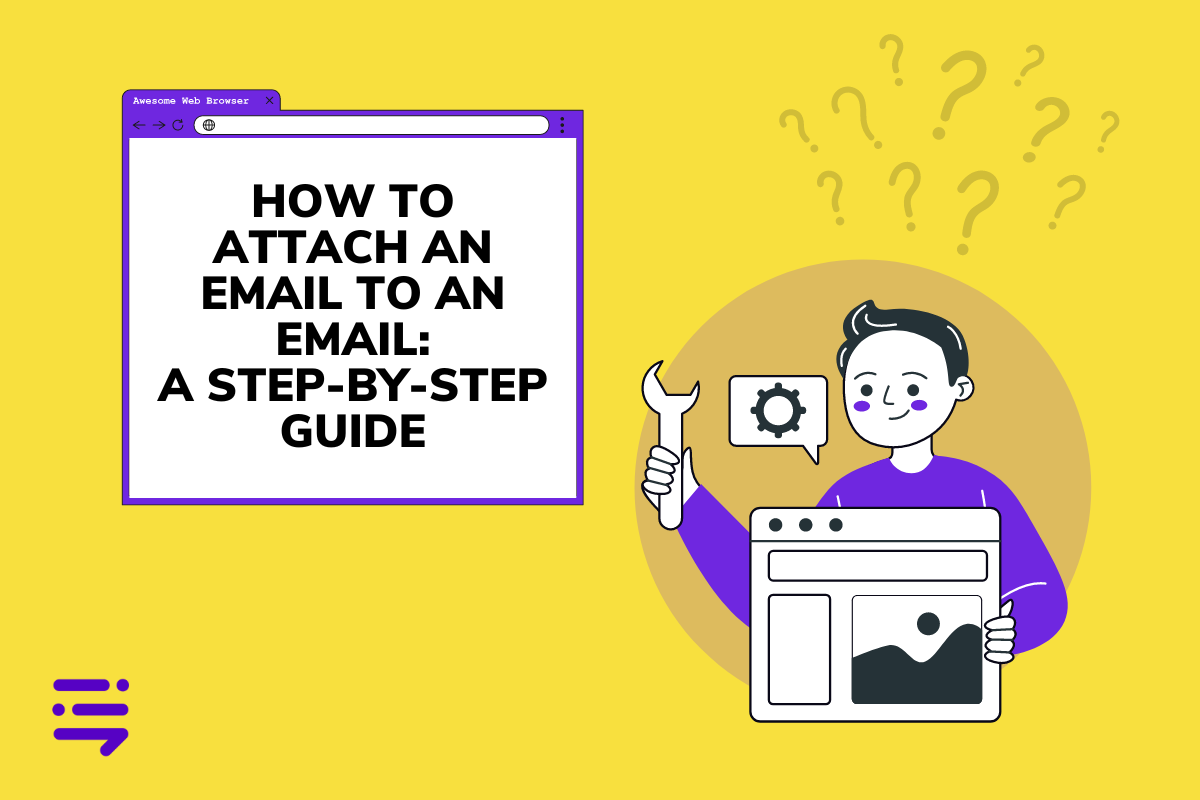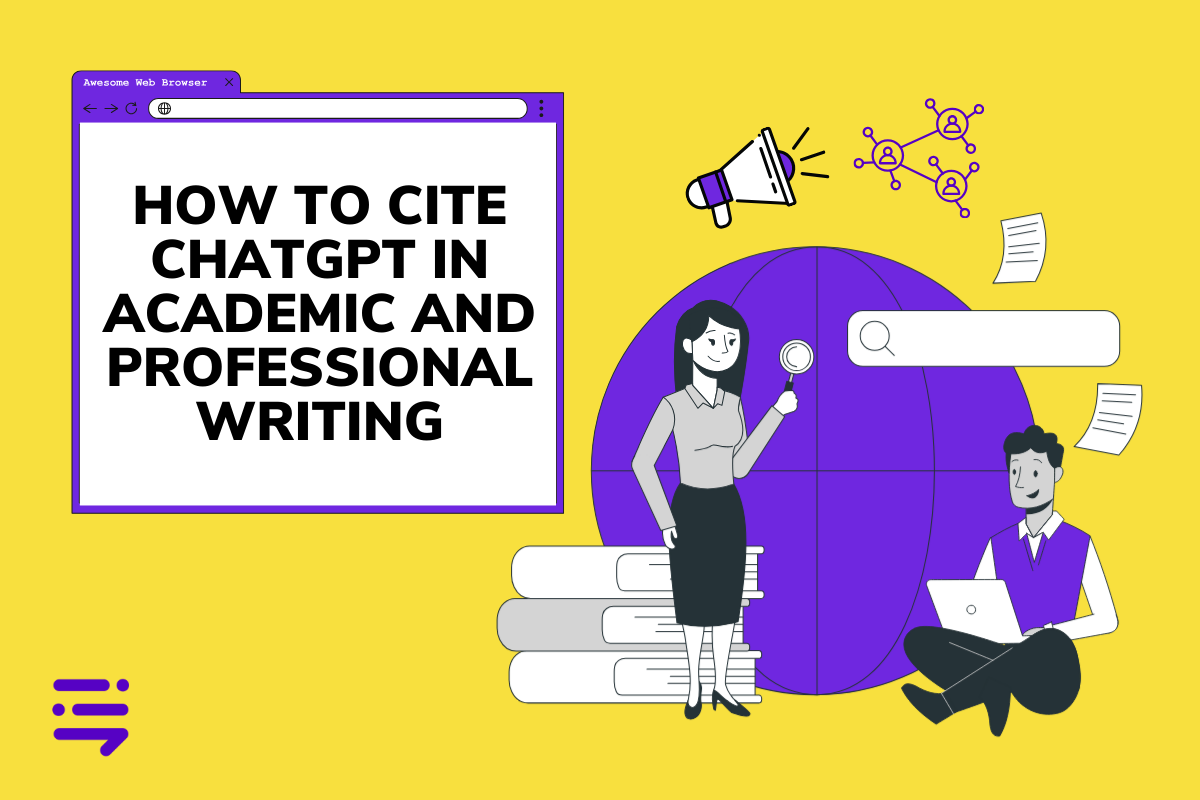
Role-Playing for Effective Interactions
Engage in interactive role-playing exercises to improve customer service skills, which will ultimately lead to better customer satisfaction and loyalty.
Related Blog Articles

The Complete Guide on How I Make YouTube Videos that Make Money
I’ve been investing in YouTube video production for my business since 2017. In fact, I spend 3-4 entire days per month filming and delegating the footage to my YouTube producer. On average, I spend around $300 per month on production. However, it wasn’t until my third year doing it that I got monetized on YouTube, […]

What Is a Claim in Writing? Craft Compelling Arguments
Learn what a claim is in writing and how to make your arguments more persuasive. Discover the key elements of strong claims and see examples.

How to Attach an Email to an Email: A Step-by-Step Guide
Learn how to attach an email to an email with our easy-to-follow guide. Discover the best methods and tips for attaching emails like a pro.

How to Respond to a Rejection Email Like a Pro
Learn how to respond to a rejection email with grace and professionalism. Our tips will help you leave a positive impression and keep doors open.

How to Unsend an Email in Gmail & Outlook
Accidentally sent an email? Learn how to unsend an email in Gmail and Outlook. Discover tips to enable Undo Send and recall emails like a pro.

How to Cite ChatGPT in Academic and Professional Writing
Discover the essential guide on how to cite ChatGPT in your academic writing, ensuring proper credit and accuracy in APA or MLA formats.

